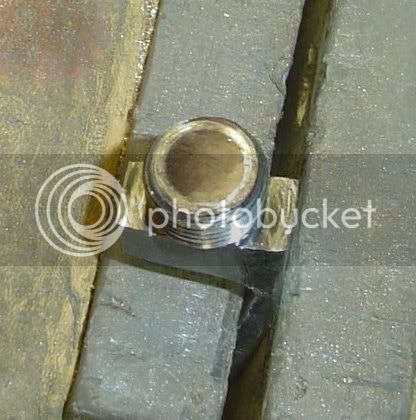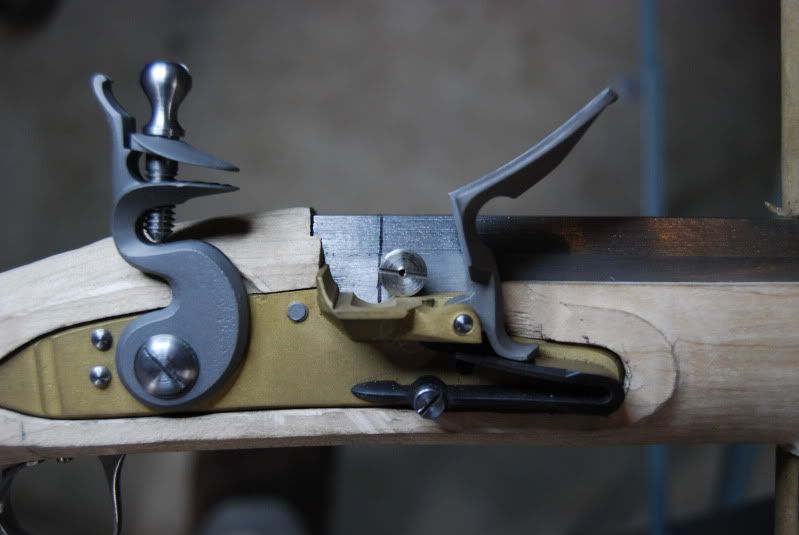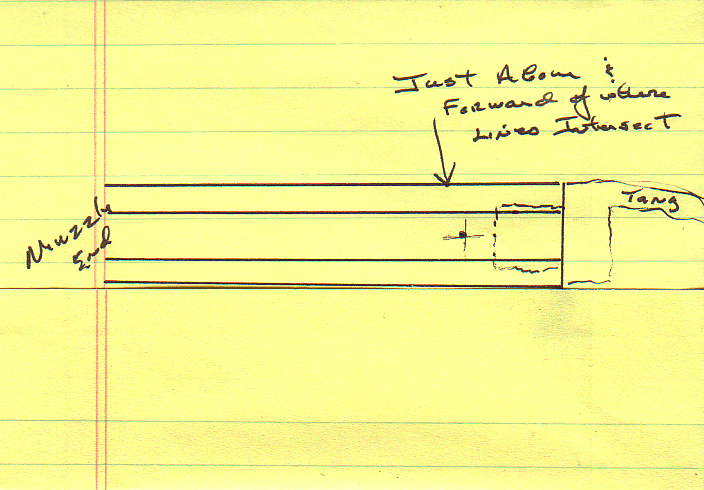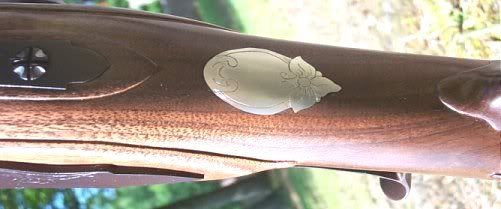If that is a Colerain barrel, good chance the breechplug is NOT fitted properly..... The last 5 I used were not properly fitted. It may have a index mark, but on a Colerain that apparently means nothing except that is where they stopped & stamped the barrel name & put an index mark... It dang sure doesn't mean it is fitted......
Clean the end of the plug off.
Take a Q'tip & clean the face of the barrel breech, inside the hole the breechplug goes where the barrel will butt to the breechplug.
Now take a black permanent marker or some blue layout dye & color the end of the breechplug.
Screw the breechplug in & take it to the index mark.
Take the breechplug out & look at the face of it.
It should look similar to this. I just smugged mine with inletting black, but you get the idea.

If it doesn't have the obvious ring marked on it where the barrel seated to to the plug, it needs to be refitted to the plug.
I suggest you get a new breechplug & refit it.. Believe me, that is MUCH easier than going all the way around with the old one & refitting it, unless you are experienced at doing this task. IMHO. And whatever ya do, don't grind on the end of the barrel. :shake: Plugs are cheap...... barrels are not........ Filing the end down on a straight barrel with a square is one thing. Doing it to a tapered or swamped barrel is a whole nuther can of worms...... These particular worms are notorious for eating into your wallet.....

Clean the end of the plug off.
Take a Q'tip & clean the face of the barrel breech, inside the hole the breechplug goes where the barrel will butt to the breechplug.
Now take a black permanent marker or some blue layout dye & color the end of the breechplug.
Screw the breechplug in & take it to the index mark.
Take the breechplug out & look at the face of it.
It should look similar to this. I just smugged mine with inletting black, but you get the idea.

If it doesn't have the obvious ring marked on it where the barrel seated to to the plug, it needs to be refitted to the plug.
I suggest you get a new breechplug & refit it.. Believe me, that is MUCH easier than going all the way around with the old one & refitting it, unless you are experienced at doing this task. IMHO. And whatever ya do, don't grind on the end of the barrel. :shake: Plugs are cheap...... barrels are not........ Filing the end down on a straight barrel with a square is one thing. Doing it to a tapered or swamped barrel is a whole nuther can of worms...... These particular worms are notorious for eating into your wallet.....







